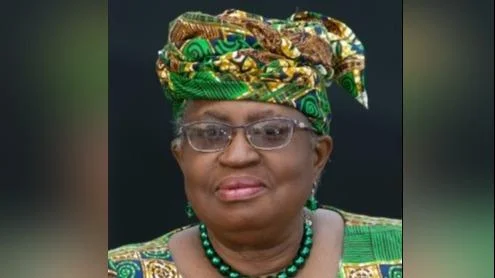Women's football has grown exponentially in recent years, leading to a significant shift in global sports consumption. The rise of world-class women players has resulted in increased media coverage, rapid commercialization, and heightened engagement worldwide. This growth was evident at the ninth edition of the FIFA Women’s World Cup 2023, which broke numerous records with a worldwide audience of 2 billion and 1.98 million spectators across ten stadiums.
“We had eight debutants and many countries around the world who suddenly realized they had a chance to participate at the FIFA Women's World Cup 2023™ because we decided to expand the competition,” said FIFA President Gianni Infantino. “The tournament transformed the face of women's football, appealing to governments, member associations, broadcasters and media alike. And, as this study shows, it generated significant outcomes for global and local people and economies.”
“Football and major events like the FIFA Women’s World Cup can stimulate trade and investment and create sustainable economic opportunities,” said WTO Director-General Dr. Ngozi Okonjo-Iweala. “The WTO is very pleased to participate in this exploratory work and is hopeful that the findings can lead to more internal policy discussions on how sports and football, as a sector, can also be used as a developmental tool.”
The GoalEconomy report, developed by OpenEconomics — an organization that supports institutions and companies in designing investment policies and projects — is the latest example of collaboration between FIFA and the WTO since they signed a memorandum of understanding (MoU) in September 2022 to explore how best to use football to promote economic inclusion.
One section of the report titled ‘The Development Goal’ notes the economic impact of the FIFA Women's World Cup 2023 itself. It details expenditures amounting to USD 640 million — including FIFA’s record USD 499 million investment alongside infrastructure investments and tourist spending — illustrating their ripple effects through various sectors of the global economy.
Key findings indicate that the tournament contributed almost USD 1.9 billion to global gross domestic product (GDP), created 38,204 jobs, and added USD 932 million to household incomes.
The study categorizes these impacts into direct, indirect, and induced effects while providing graphics that show trade flows across sectors resulting from the tournament as well as trade between host countries and other parts of the world.
It also highlights how economic impacts contribute to women’s empowerment by creating more jobs in female-intensive sectors. Additionally, it examines how staging Australia’s first FIFA Women’s World Cup influenced women’s football locally through increases in club memberships, registered children participants, stadium attendances, and female participation in schools.
Another section titled ‘The Long Journey of Women's Football’ presents data on women's football growth with rising viewing figures, prize money increments, and an expanding transfer market.
For instance, organized football participation among women and girls has risen by 24 percent since 2019 reaching 16.6 million players while development programs demonstrate how game growth empowers women along with showcasing top players' digital footprints.
In September 2022 WTO agreed with FIFA on examining international trade's role alongside football as catalysts for economic growth/social inclusion focusing especially on least-developed countries (LDCs) & women's empowerment underpinned further by cooperation within WTO cotton program context.

